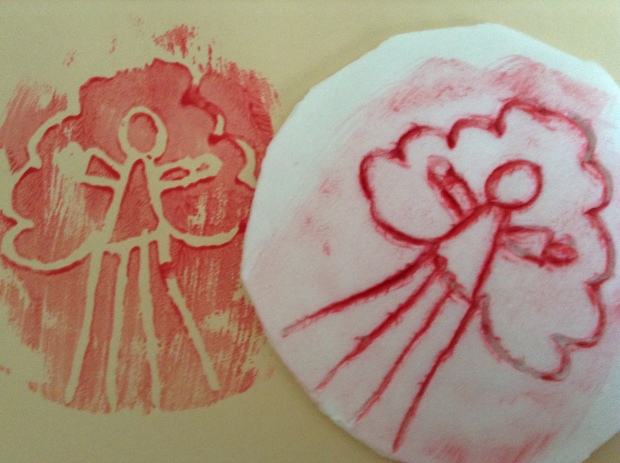Play dough is a well beloved, cheap and easily accessible material and can probably be found in most church children’s areas. There’s so much that can be done with it: praying, playing and responding to stories and teaching. Here are some ideas to get you started…
Praying with Playdough:
- Use play dough to make the shape of something you want to thank God for.
- Play dough intercessions
Responding to stories:
- Play dough faces
- Play Dough Mats
- Play dough mark making– roll the playdough out flat and use a variety of mark making items- lolly sticks, lego blocks, buttons, bottle tops, plastic knives, to make pictures of the story you have just heard. Children might want to make a picture of a key event or a key character, or write some words that relate to the story. Leave some time at the end of the activity so that they can share what they have done!
- Play dough models: provide a collection of collage and construction items such lolly sticks, pipe cleaners, buttons, feathers, card and ask children to use play dough along with these items to make models of a character or event from the story. Again. leave time to share!
Play dough recipes:
- no cook play dough
- scented play dough
- galaxy playdough (great for praying and reflecting!)

 After reading the story, get children to talk about the characters and events they liked and didn’t like. Which people and events struck them the most?
After reading the story, get children to talk about the characters and events they liked and didn’t like. Which people and events struck them the most?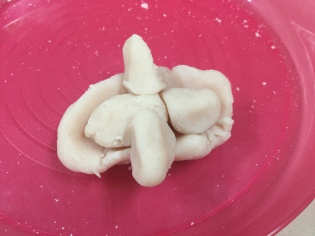 2. Fuzzy felt
2. Fuzzy felt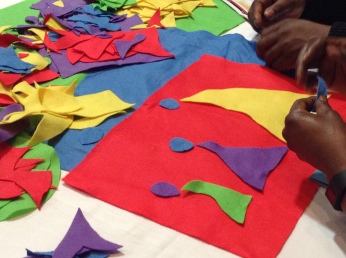
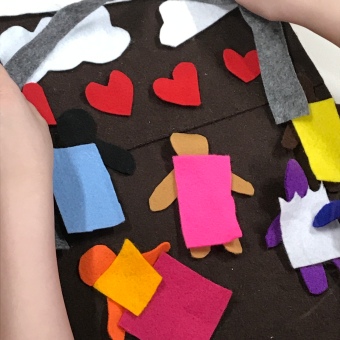 3. Lego
3. Lego
 5. ‘
5. ‘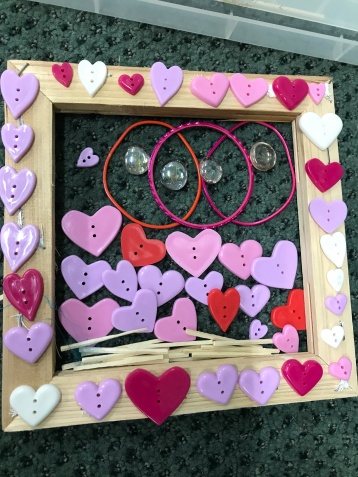
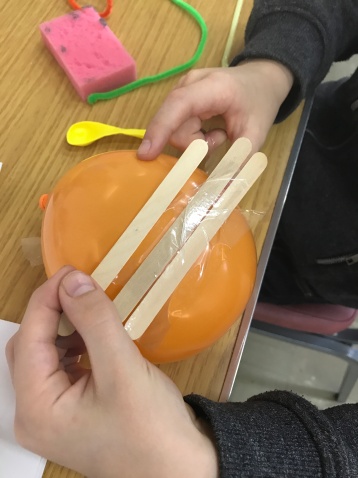 7. Pens and paper
7. Pens and paper